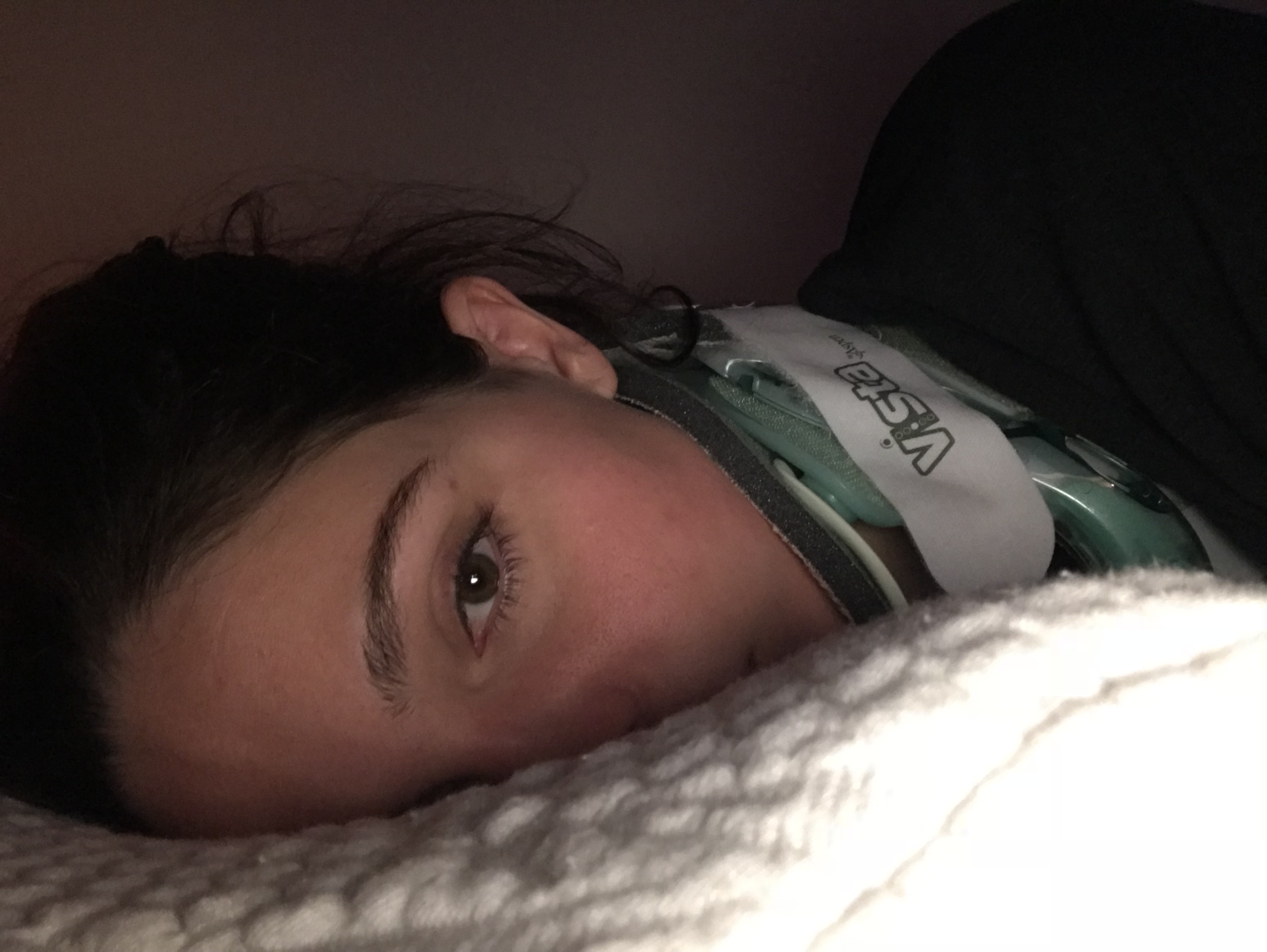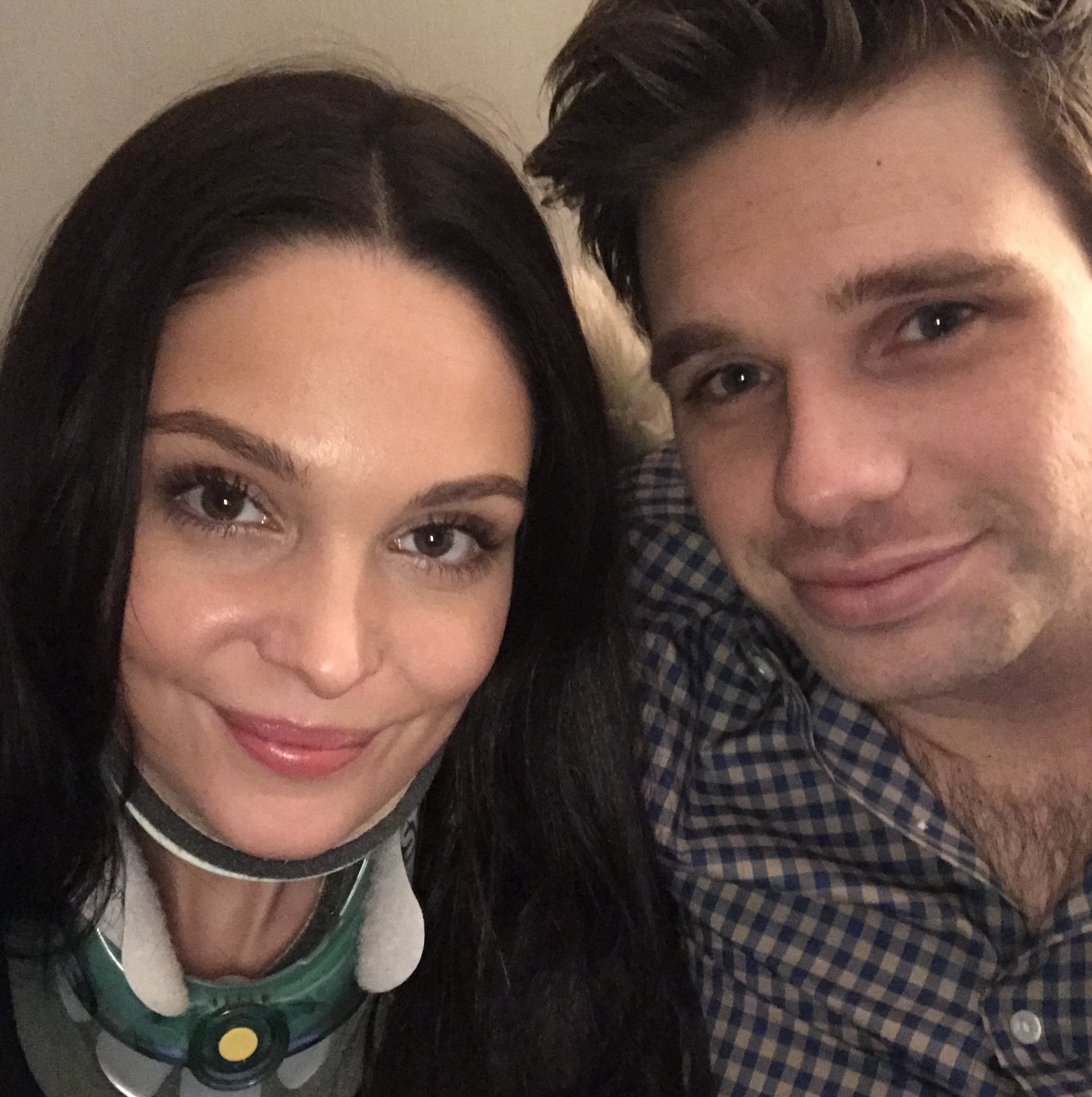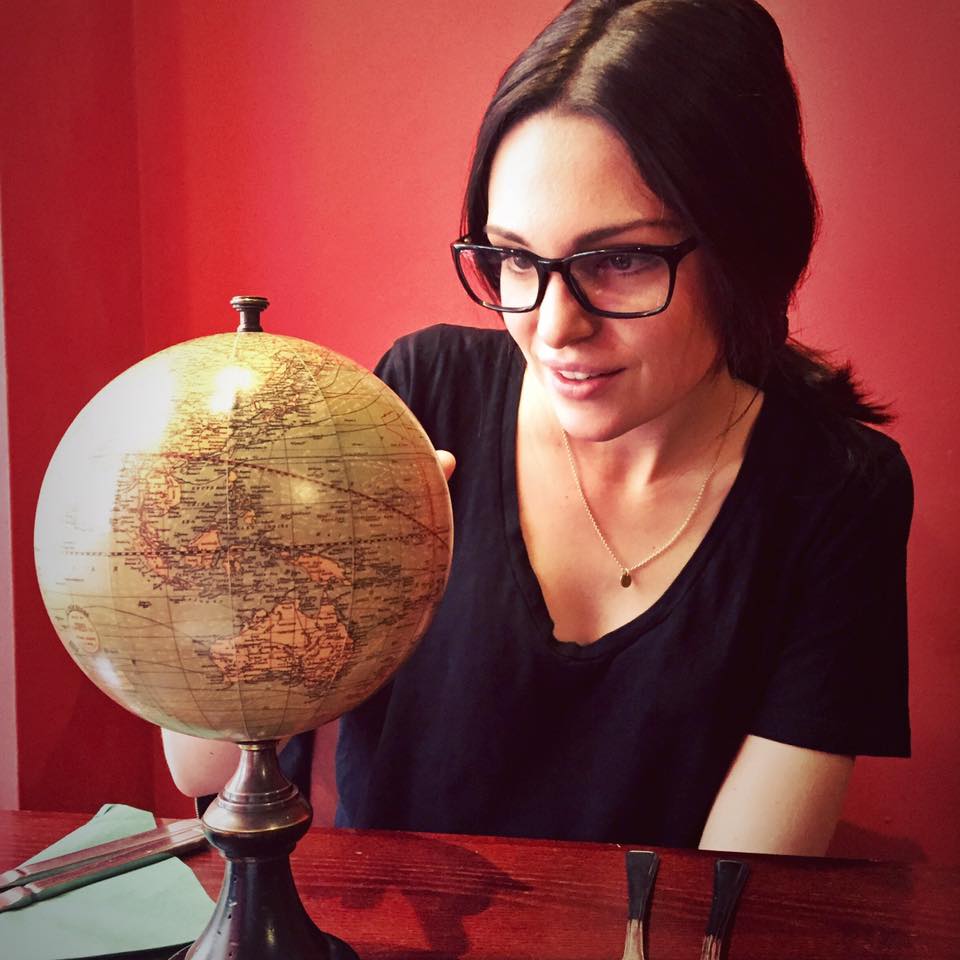Story
Hello. I’m Tori and I’m a writer/editor from Scotland with an anthropology degree — and my head isn't screwed on. Literally.

To further explain, I have a complex diagnosis of hypermobility Ehlers-Danlos Syndrome (hEDS), Craniocervical Instability (CCI), Syringomyelia (SM) and Chiari 0 (CM0), which create a constellation of debilitating symptoms. There is no cure for any of these disorders. Yet. Ehlers-Danlos Syndrome is a rare genetic condition caused by a collagen deficiency that impacts the connective tissues in the entire body. This causes chronic musculoskeletal pain, cardiac abnormalities, gastroparesis (major stomach issues) and constant body dislocations and subluxations (partial dislocations), specifically my neck, hips, knees, shoulders and jaw (TMJ). It’s also the reason why my brain is crushing down into my spinal canal, forming the Chiari 0 part of my diagnosis. Due to the collagen deficiency, EDS patients tend to look misleadingly healthy from the outside. As an invisible disease, the reality is something quite different.
In short, Craniocervical Instability (CCI) means that my skull isn’t properly attached to my spine, resulting in a constant blinding stabbing pain at the skull base, intense head pressure 24-hours a day, a permanent occipital migraine, brain fog and much more. People with EDS are at risk of developing CCI due to the neck muscles being too weak to hold the head up, leading to patients being referred to as ‘bobble heads’. Long before I knew of my diagnosis, I explained this feeling as ‘droopy heid’ as I struggled to hold my head up.
Many EDS patients first encounter symptoms after a trauma such as a car accident or horse riding injury. In my case, I was lifted off the ground by my hair at age 13 and dragged down a flight of stairs one step at a time. It is suspected that, due to my predisposition of a very hypermobile spine and EDS, this significant trauma caused the formation of a fluid filled cyst within my cervical spine called a Syrinx or Syringomyelia. Symptoms of SM include chronic pain and in some cases, paralysis.

Although my diagnosis came in 2017, my story actually started 14 years ago when my symptoms first reared their ugly heads. My teenage years meant copious doctor visits, all the standard tests and endless medical exams. Each time, I emerged with what appeared to be a clean bill of health and a hodgepodge of statements from doctors like ‘it’s all in your head’, ‘you’re too young to be ill’ or ‘medically, we couldn’t even begin to imagine what is wrong’. Ironically, the problems really were all in my head and neck.
By the time I graduated university, I was a mere shadow of myself. Although too ill to go out or work, I had no choice but to power through. Having an American passport, I moved to the States where, despite the doctor’s disagreement, I insisted upon ordering a neck and brain MRI. Proof that you know your own body more than anyone else, the results showed the Syrinx in my spinal cord. Relieved to finally have my answer, little did I know this was only the beginning.
And so, I was passed from neurologist to neurologist — many of whom weren’t even familiar with syringomyelia, let alone the related disorders. It wasn’t until after I attended the annual ASAP (American Syringomyelia and Chiari Alliance Project) conference that I found the missing pieces to my ongoing health puzzle in the form of the world specialist who diagnosed me. Although there is no cure for these disorders, I’ve been strongly advised to have neurosurgery that could drastically change my quality of life.

This Craniocervical Fusion would essentially screw my head back on to stabilize my ‘droopy heid’, while the Decompression surgery would remove a portion of my skull to give the brain room to breathe. This has an 80% success rate of alleviating my worst symptoms. For me, this is almost too vast to comprehend as I genuinely don’t remember what life is like without pain.
Due to the complex nature of the disorders and lack of awareness, surgery in the UK is not an option, nor is it covered by the NHS (a story for another day). My only hope is to go with the specialist neurosurgeon who diagnosed me and have the operation done with him in America. The cost of this double neurosurgery is £228,000. Here is the breakdown:
Surgeon Discounted Fee: £103,735
Intra-Operative Monitoring Discounted Fee: £7,410
Hospital Discounted Fee (including pre-surgical testing): £46,160
Anesthesia: £4,170
Approximate Travel, Lodging, Rehab: £7,410
Upon hearing the cost, I tried to take out a medical loan, only to discover that you have to own property and even then, the maximum amount given would be $10,000. Once more, the surgery cannot be covered by health insurance. A true catch 22 situation and frustrating beyond belief.

And so, here I am — 27 years old and still with so much more to give. My health is deteriorating by the day, with symptoms rapidly worsening. Completing normal daily activities is a struggle due to the agonizing pain and myriad of other excruciating symptoms. Although my fierce sense of independence, hard work ethic, positive mindset and determination have kept me afloat, I can no longer fight this battle alone. As much as I would love to continue to grin and bear it, my body won’t allow it. So, I'm asking for your help to please share my story, help gather awareness and raise the funds necessary to get this life-changing neurosurgery. Every donation, no matter how small, is a step closer to our goal.
Thank you to the moon and back for taking the time to read this.
Love Tori x